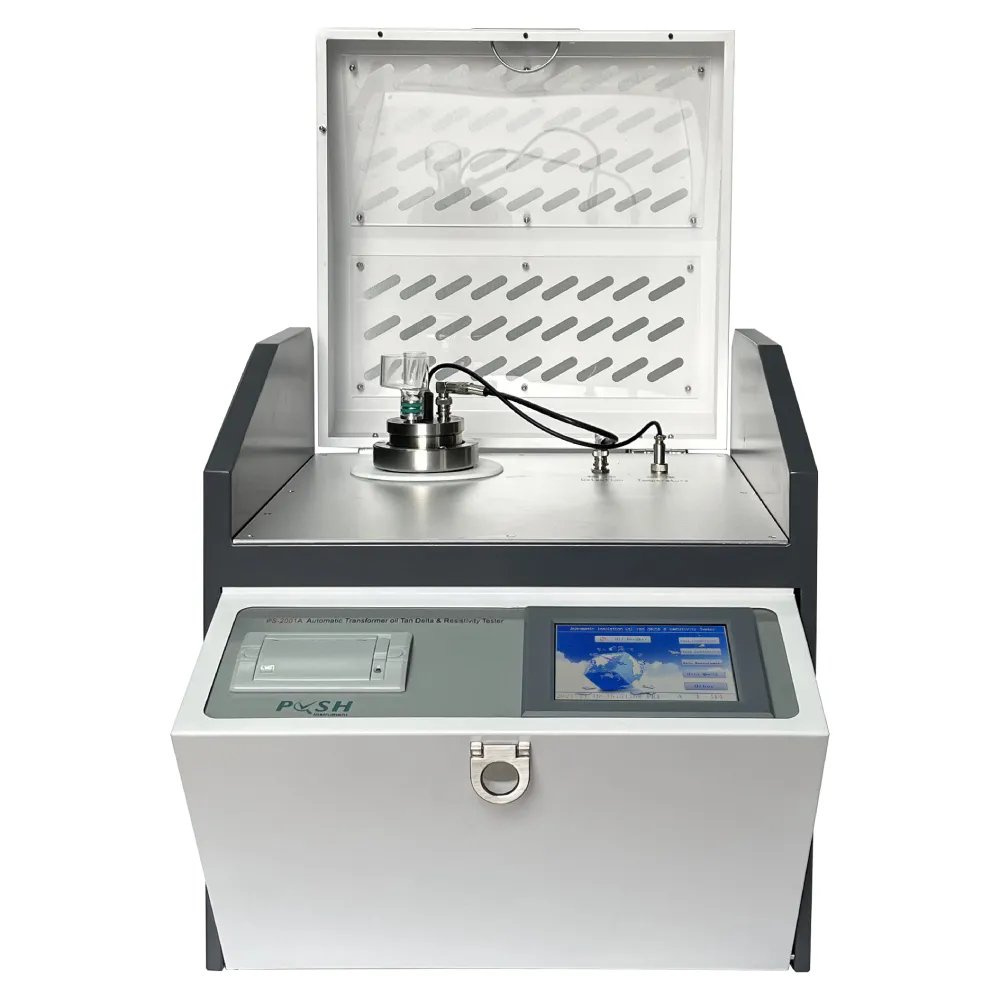 English
English


Understanding the Pensky Martens Flash Point Tester for Accurate Safety Measurements
Understanding the Flash Point Tester Pensky-Martens Method
In industries where flammable liquids are prevalent, understanding the properties of these substances is crucial for safety and regulatory compliance. One of the most critical properties to measure is the flash point, which indicates the lowest temperature at which the vapor of a combustible liquid can ignite in air. The Pensky-Martens flash point tester is a widely used apparatus designed for this purpose, providing reliable and consistent results essential for various applications.
What is the Pensky-Martens Flash Point Tester?
The Pensky-Martens flash point tester is an instrument used to determine the flash point of liquids, specifically those with flash points above 30°C (86°F). This tester is engineered to comply with international standards, such as ASTM D93 and ISO 2719, ensuring that its results are recognized in industrial and laboratory settings worldwide.
The basic principles behind the Pensky-Martens method involve heating a sample of the liquid in a closed cup while applying an ignition source. As the temperature increases, the vapor concentration near the surface of the liquid rises, and when it reaches a point where it can ignite, the flash point is recorded. This method is particularly advantageous as it avoids some of the risks associated with open-cup testing, providing more controlled and safer results.
How Does the Testing Process Work?
The testing process using the Pensky-Martens tester is straightforward but requires meticulous attention to detail to ensure accuracy and repeatability. Here is a step-by-step overview
1. Preparation of the Sample The liquid sample is carefully prepared, ensuring it is free from impurities and is representative of the batch being tested. 2. Filling the Cup The sample is poured into the tester's closed cup to a specified level. The cup is then securely closed to minimize the escape of vapors during the test.
3. Heating the Sample The tester is equipped with a heating mantle or bath that gradually raises the temperature of the liquid. It's vital to control the heating rate to avoid rapid temperature changes that could lead to inaccurate readings.
flash point tester pensky martens

4. Ignition Source Application As the temperature approaches the expected flash point, a small ignition source (usually an electrical spark) is periodically applied to the headspace above the liquid to determine the presence of flammable vapors.
5. Recording the Flash Point The temperature at which ignition occurs is recorded as the flash point. This data is crucial for safety assessments and regulatory compliance.
Importance and Applications
Determining the flash point of liquids is vital for multiple industries, including petroleum, chemicals, and food processing. Knowing the flash point helps in assessing handling, storage, and transportation safety. For example, fuels with low flash points are more susceptible to accidental ignition, necessitating stringent handling methods and storage protocols.
In the petroleum industry, knowing the flash point is essential for refining and distributing products safely. In chemical manufacturing, it aids in the formulation of products with safe operational parameters. Additionally, regulations in many industries mandate flash point testing to prevent fire hazards, making the Pensky-Martens tester an indispensable tool in quality control and assurance.
Safety Considerations
While the Pensky-Martens method provides a more controlled environment for flash point testing, safety precautions remain a priority. Operators must handle flammable liquids with care, ensuring proper ventilation and using appropriate personal protective equipment (PPE). Additionally, equipment should be regularly maintained and calibrated to prevent errors during testing.
Conclusion
The Pensky-Martens flash point tester is an essential tool for industries dealing with flammable liquids. Its design and operational methodology provide reliable results crucial for ensuring safety and compliance with regulatory standards. By understanding and utilizing this testing apparatus, industries can minimize the risks associated with flammable materials, protecting personnel and the environment while maintaining efficient operational practices. As safety regulations continue to evolve, the significance of tools like the Pensky-Martens tester will only grow in importance, reinforcing its role in modern industrial practices.
-
Differences between open cup flash point tester and closed cup flash point testerNewsOct.31,2024
-
The Reliable Load Tap ChangerNewsOct.23,2024
-
The Essential Guide to Hipot TestersNewsOct.23,2024
-
The Digital Insulation TesterNewsOct.23,2024
-
The Best Earth Loop Impedance Tester for SaleNewsOct.23,2024
-
Tan Delta Tester--The Essential Tool for Electrical Insulation TestingNewsOct.23,2024





